
On June 16, 2025, the UCSF Molecular Urology Institute, led by Professor Fu-Tai Lu, officially signed a strategic cooperation agreement with the Shanghai Institute of Andrology, establishing a long-term scientific collaboration mechanism. On June 25, both parties co-hosted an academic exchange conference at the Renji Hospital of Shanghai Jiao Tong University School of Medicine, focusing on the cutting-edge application of microenergy medicine in andrology.
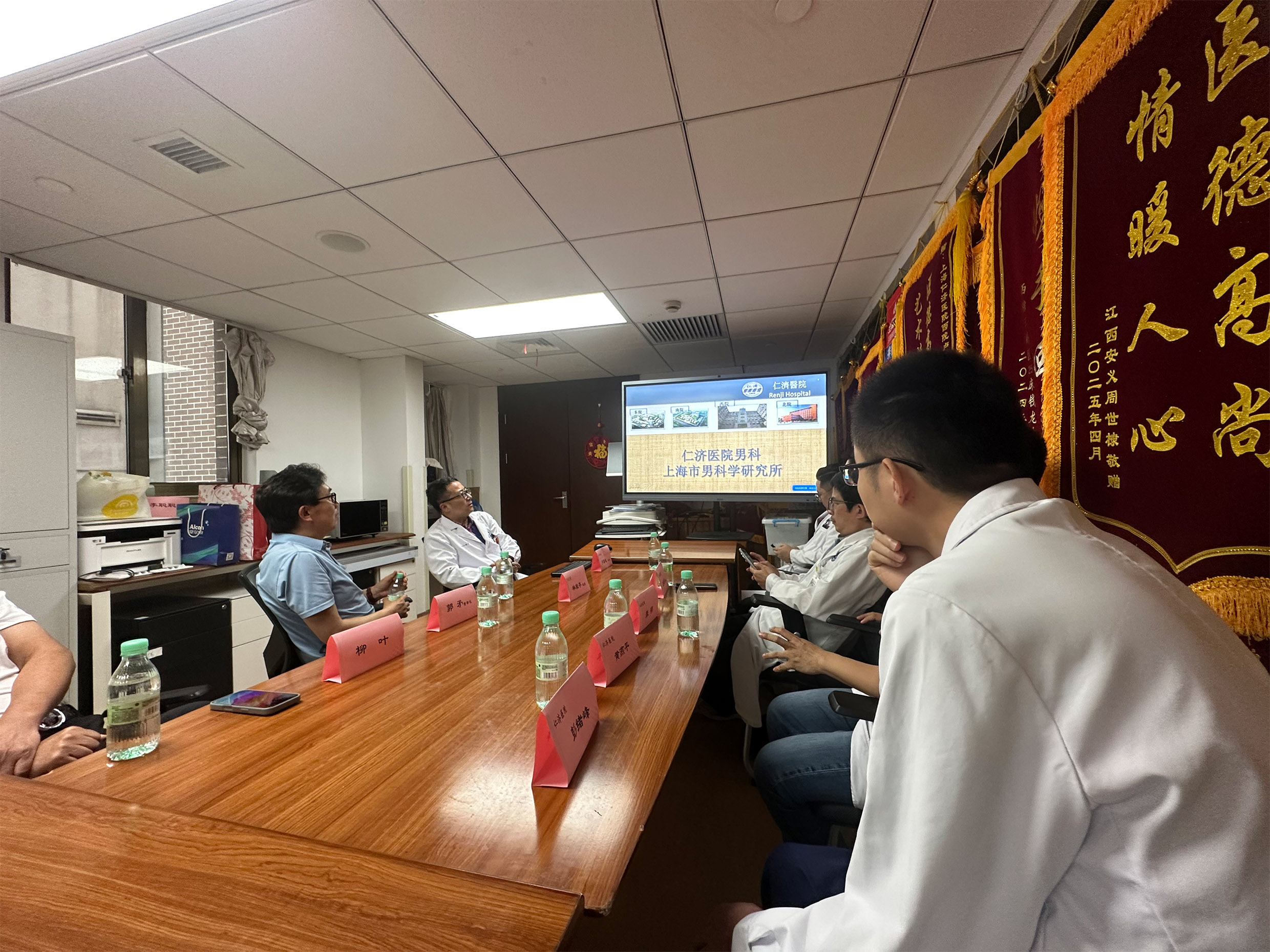
The conference was chaired by Dr. Yi-Dong Liu, Director of the Andrology Department at Renji Hospital, and brought together Professor Gui-Ting Lin from UCSF Molecular Urology Institute, Professor Mu-Jun Lu from the Shanghai Institute of Andrology, Mr. Mao Guo, Chairman of WBL Medical Technology, and the Andrology team from Renji Hospital. The event featured a dual-track approach combining "clinical research + technological innovation" for in-depth academic discussions.
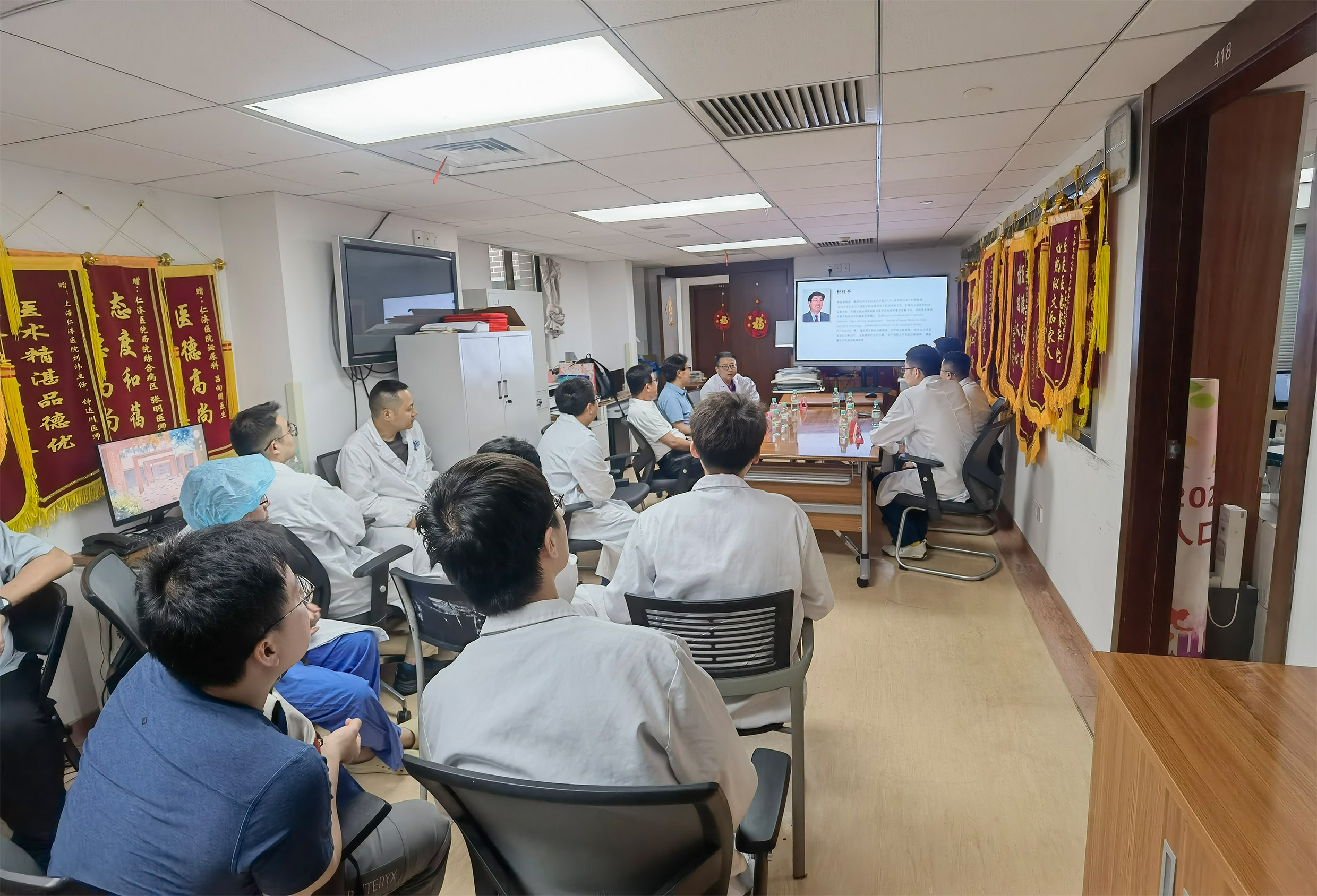
In the keynote speech titled "Microenergy Medicine in the Treatment of Erectile Dysfunction," Professor Gui-Ting Lin, an international authority in andrology, not only elaborated on the breakthrough results of Low-Intensity Pulsed Ultrasound (LIPUS) in treating erectile dysfunction (ED), but also announced the official launch of a multi-center clinical study on Chronic Prostatitis/Chronic Pelvic Pain Syndrome (CP-CPPS). Professor Lin highlighted that CP-CPPS, a common and challenging condition in andrology, has limited treatment options with traditional methods, and the microenergy stimulation properties of LIPUS present a new opportunity to address this issue.
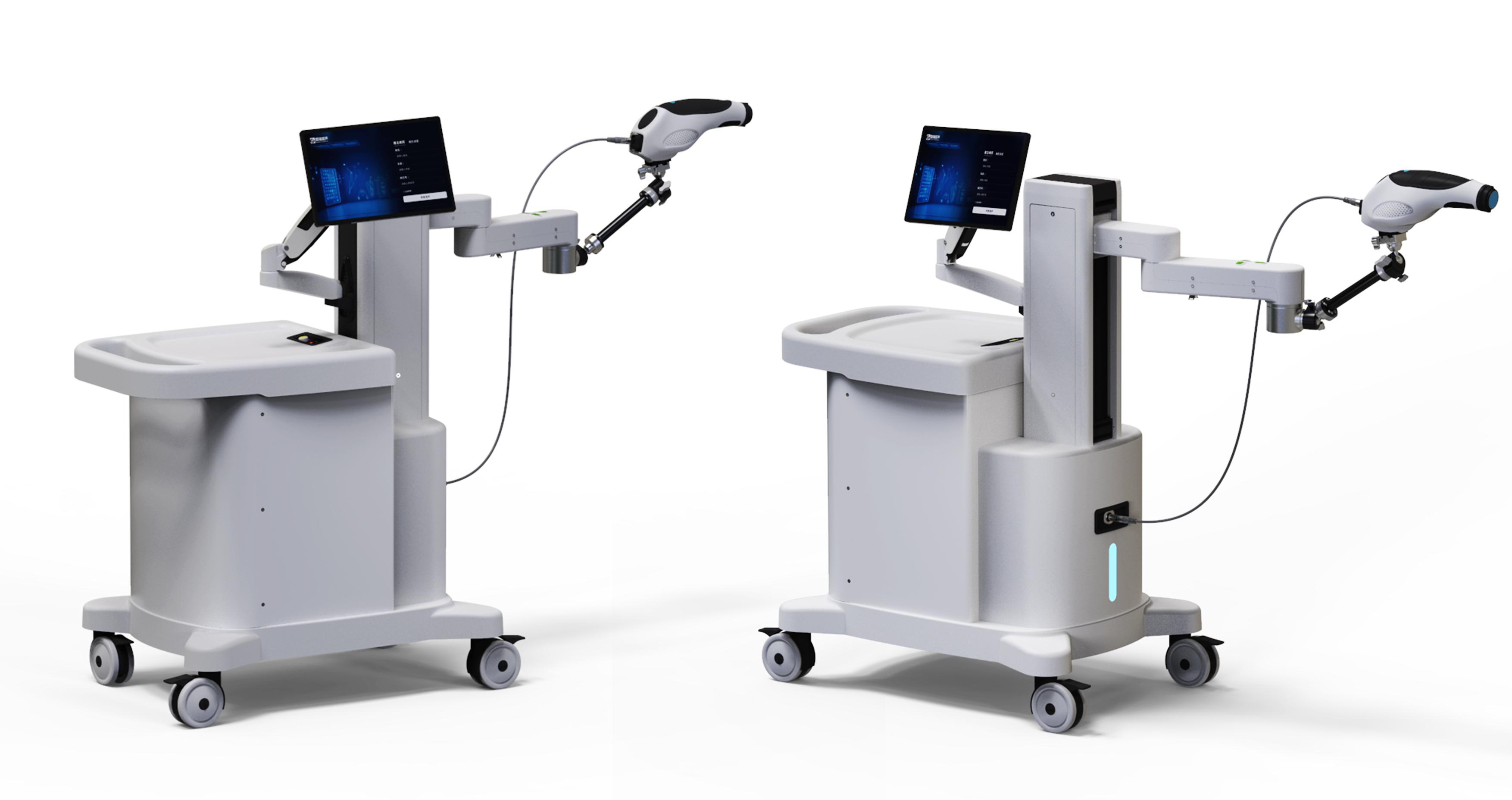
The multi-center randomized controlled trial (RCT), led by Professor Mu-Jun Lu from Renji Hospital, will be conducted in collaboration with several top-tier hospitals across China, strictly adhering to international clinical research standards. The study will include patients of varying disease durations and age groups, using a standardized evaluation system to systematically validate the effectiveness of LIPUS in alleviating pain, improving inflammation, and enhancing quality of life in CP-CPPS patients. Professor Lin emphasized that this study not only expands the application of LIPUS technology but also has the potential to reshape the non-invasive treatment landscape for CP-CPPS, providing new evidence-based support for the global management of male diseases.
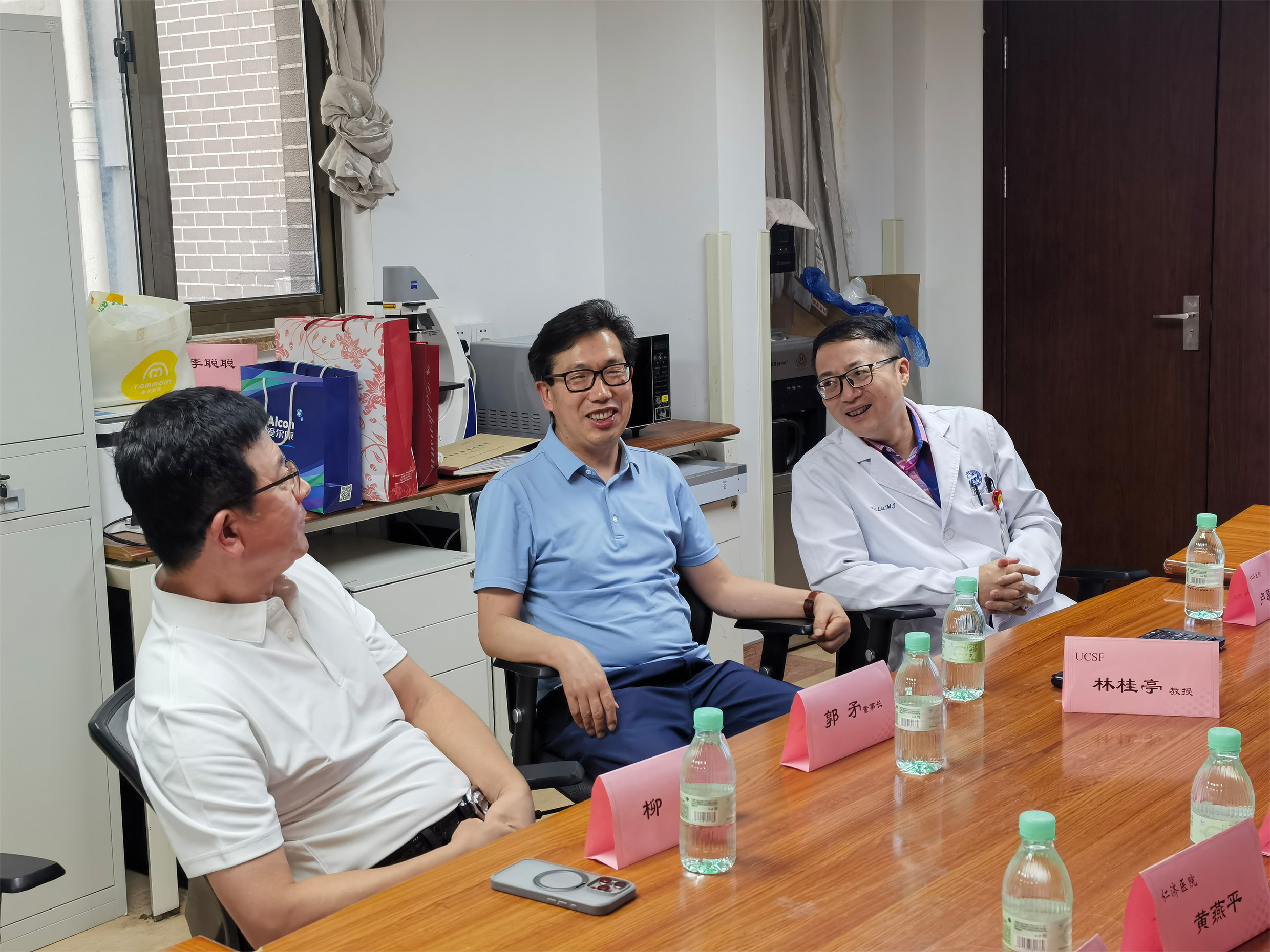
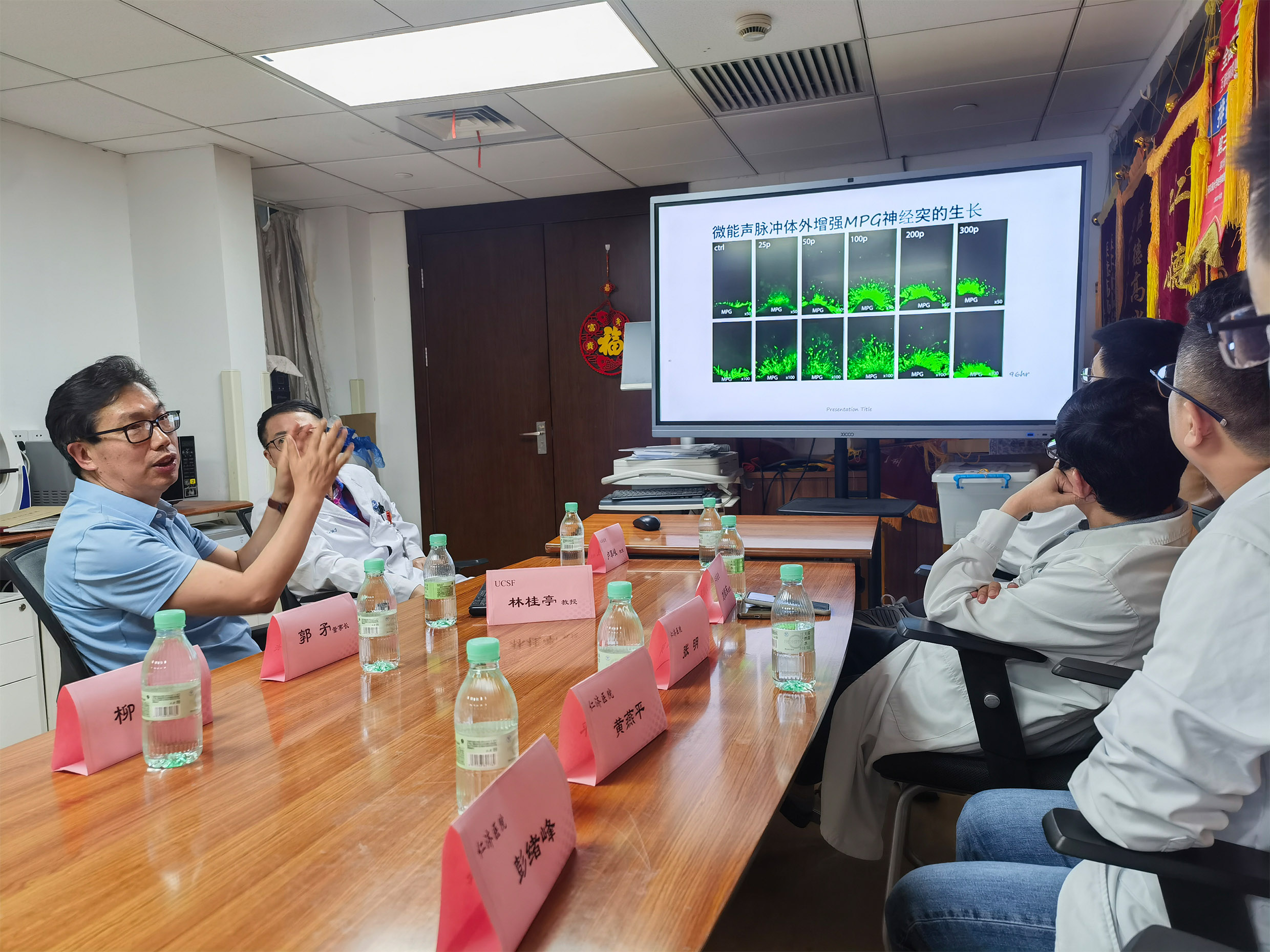
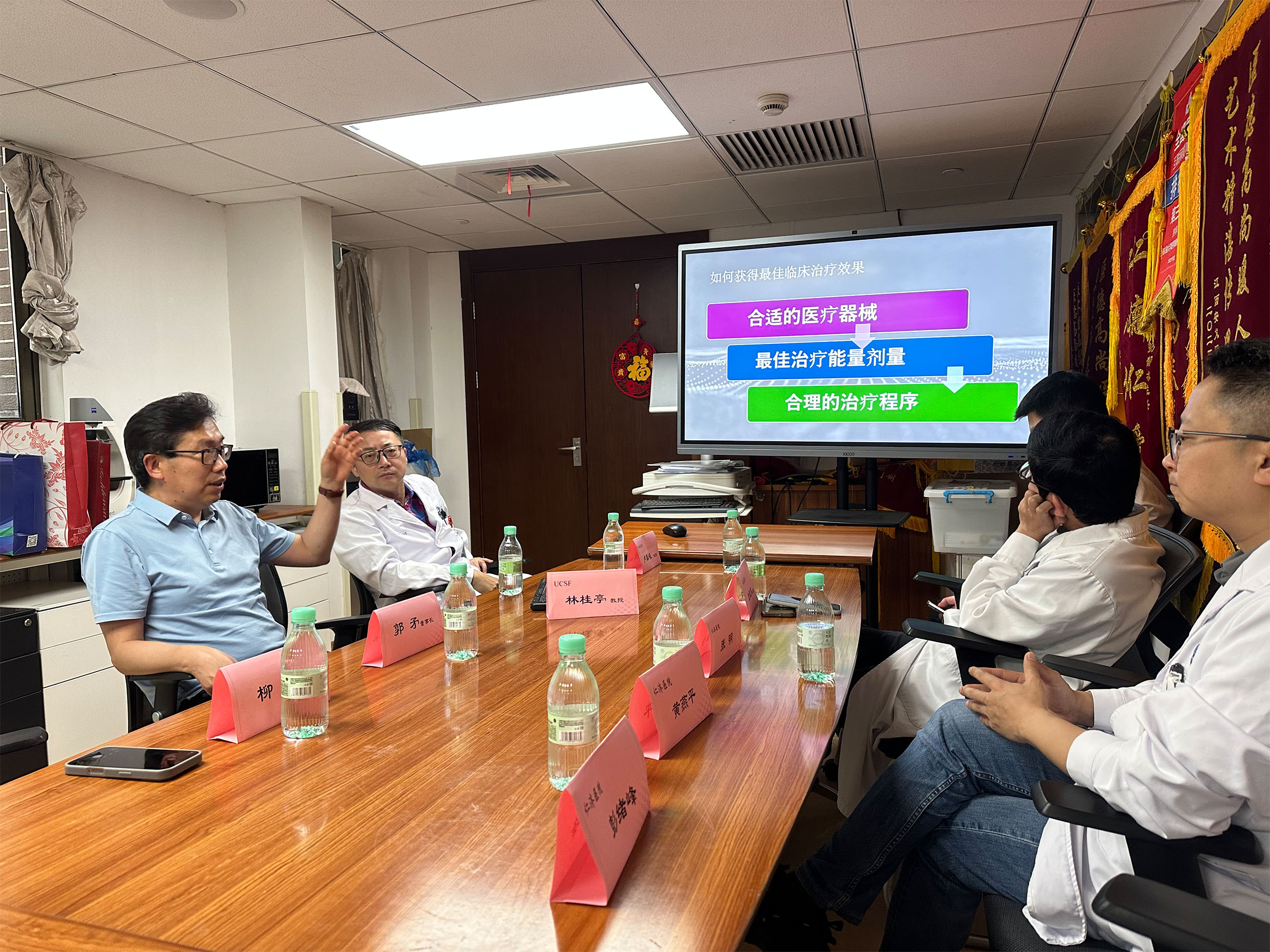
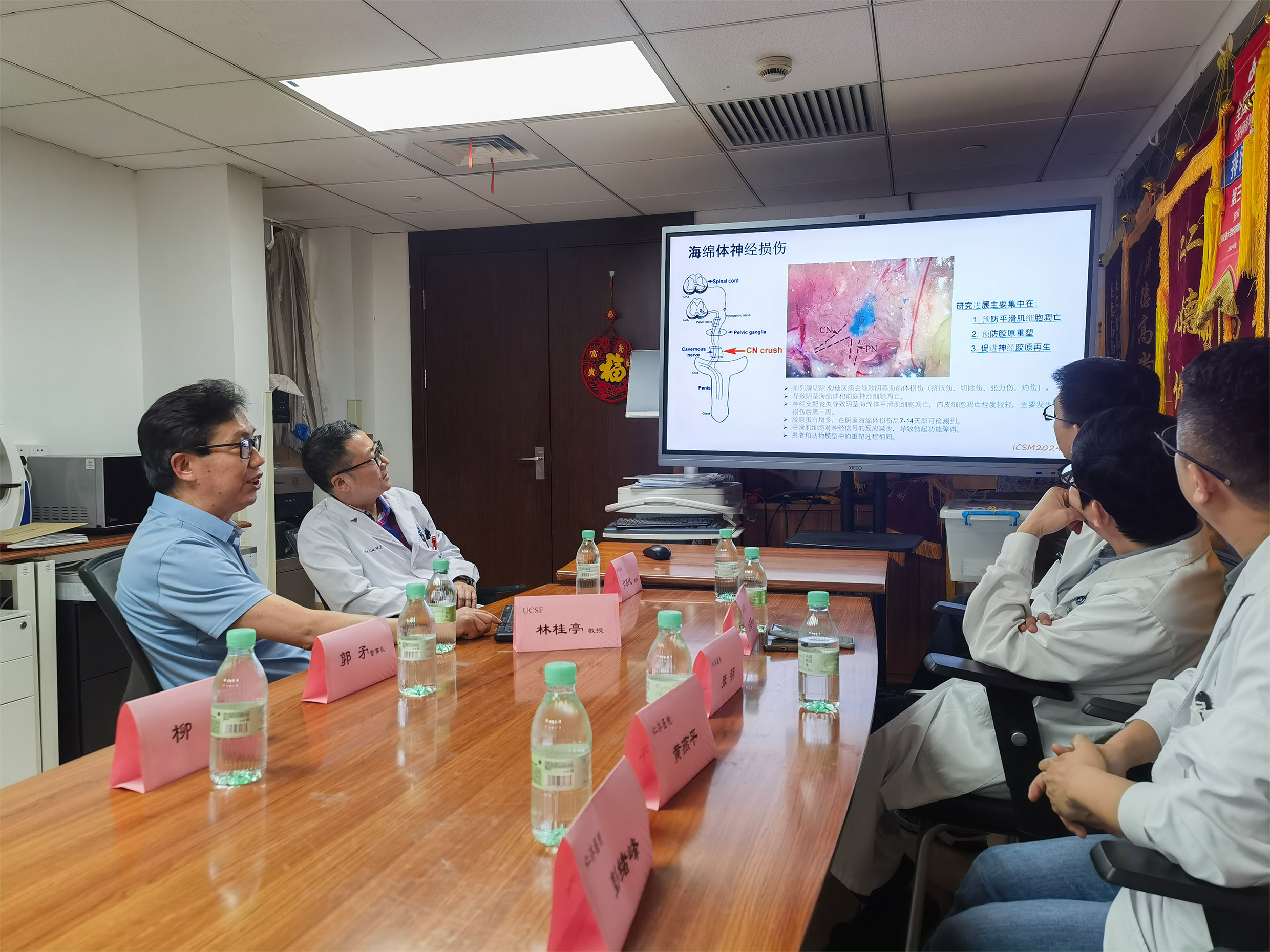
Professor Lin pointed out that LIPUS works by targeting and activating endogenous stem cells in the penile corpus cavernosum, synergistically improving endothelial cell function, creating a "cell repair + blood flow restoration" dual-effect mechanism. Clinical data from his team indicates that among ED patients treated with LIPUS, the vascular repair success rate was 78.6%, significantly improving the penile corpus cavernosum’s ability to fill with blood and enhancing erectile rigidity. This non-invasive treatment paradigm represents a major breakthrough in the field of ED treatment, providing new evidence-based medical support for LIPUS’s clinical application in andrology.
WBL LIPUS Technology Principle and Treatment Effects
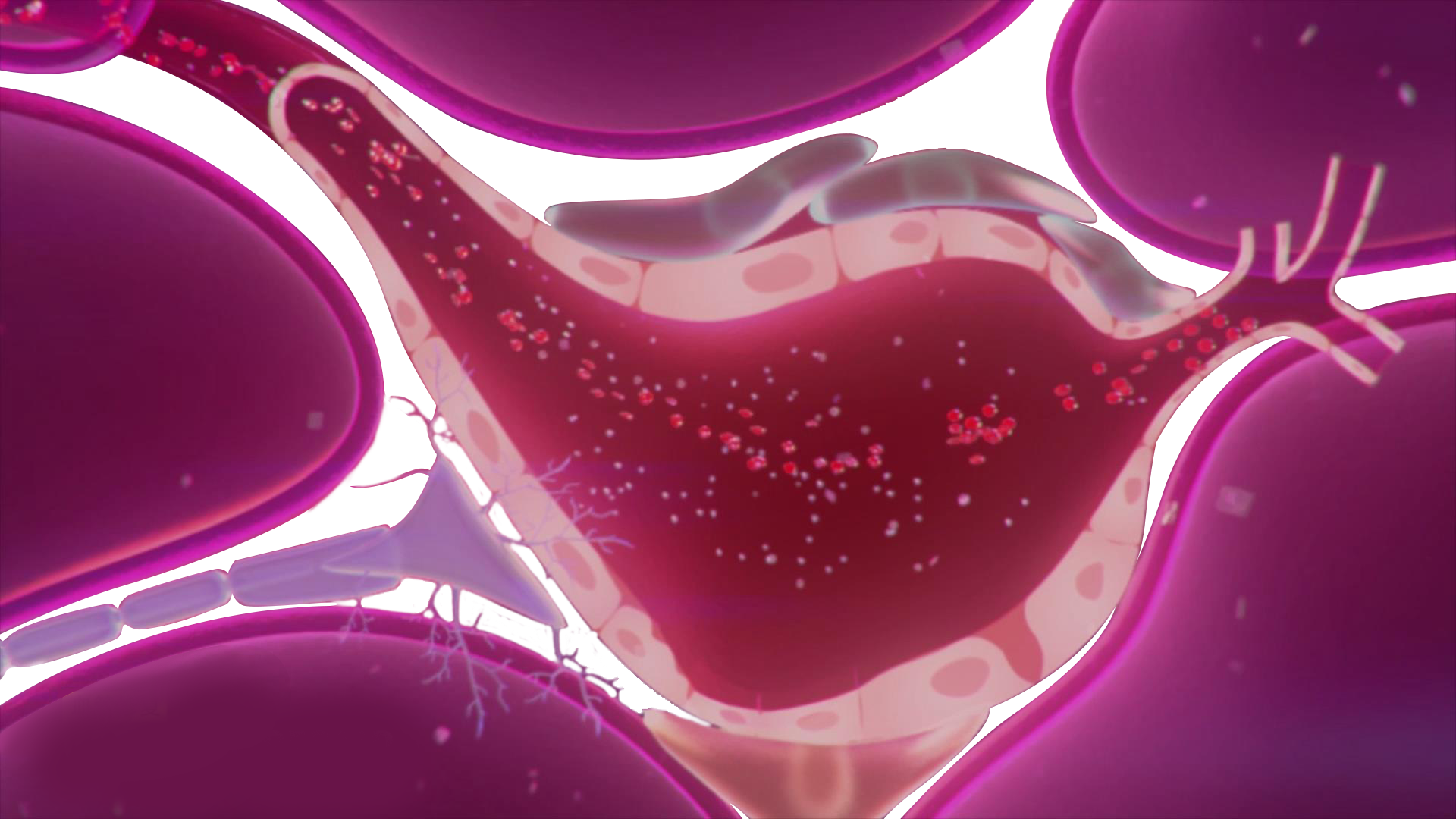
The core mechanism of WBL LIPUS is to apply low-energy pulsed ultrasound (with an acoustic intensity range of 50-350 mW/cm²) to the penile corpus cavernosum tissues. This process activates endogenous stem cells, promoting the regeneration of blood vessels and nerves, repairing damaged vascular endothelium and neural matrix, and improving erectile function at the pathological level. Compared to traditional oral medications (such as PDE5 inhibitors), prosthetic implantation, or invasive therapies (such as intracavernous injection), WBL LIPUS offers a safe, non-invasive treatment option that avoids drug dependence, associated side effects, and surgical complications.
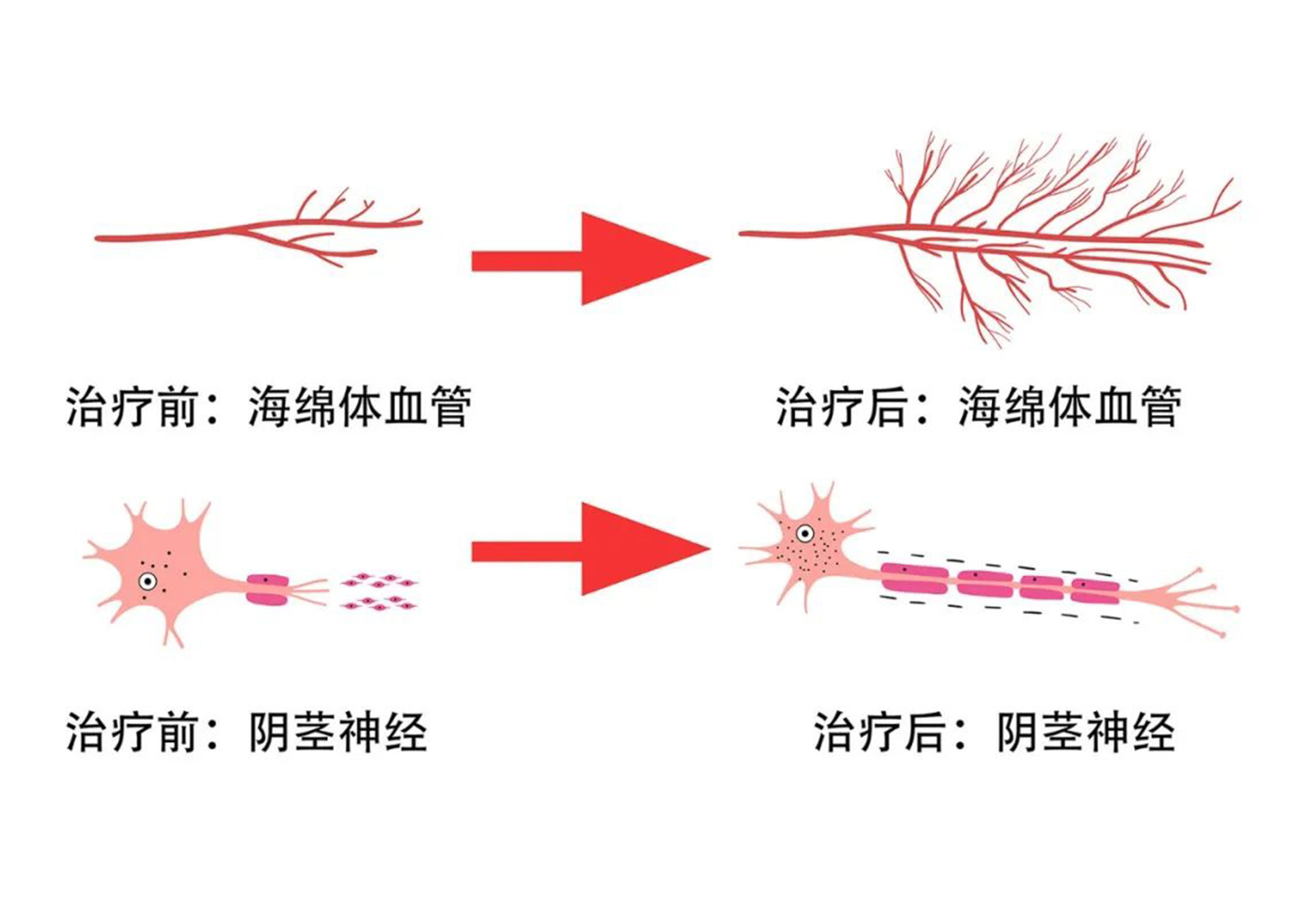
Competitive Advantages of WBL LIPUS
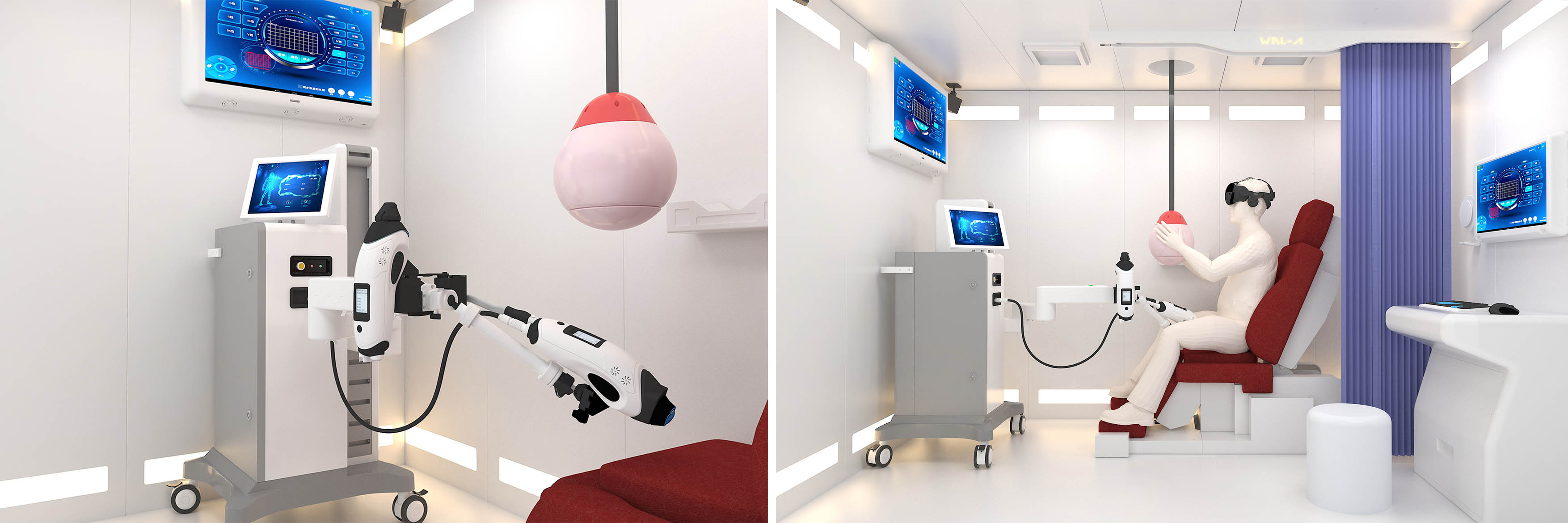
1.Non-Invasiveness and Safety
No need for medications or surgery, avoiding liver and kidney burdens, and reducing infection risks, especially suitable for patients with chronic diseases (e.g., diabetes).
2.Comprehensive Treatment Model
An innovative “LIPUS + Psychological Counseling + VR” holistic treatment approach that balances physiological repair with psychological intervention, resulting in a 30% increase in patient satisfaction.
3.Clinical Data Support
Based on clinical validation from over 60 medical institutions worldwide, its efficacy and safety are endorsed by authoritative institutions such as UCSF and Peking University Hospital.
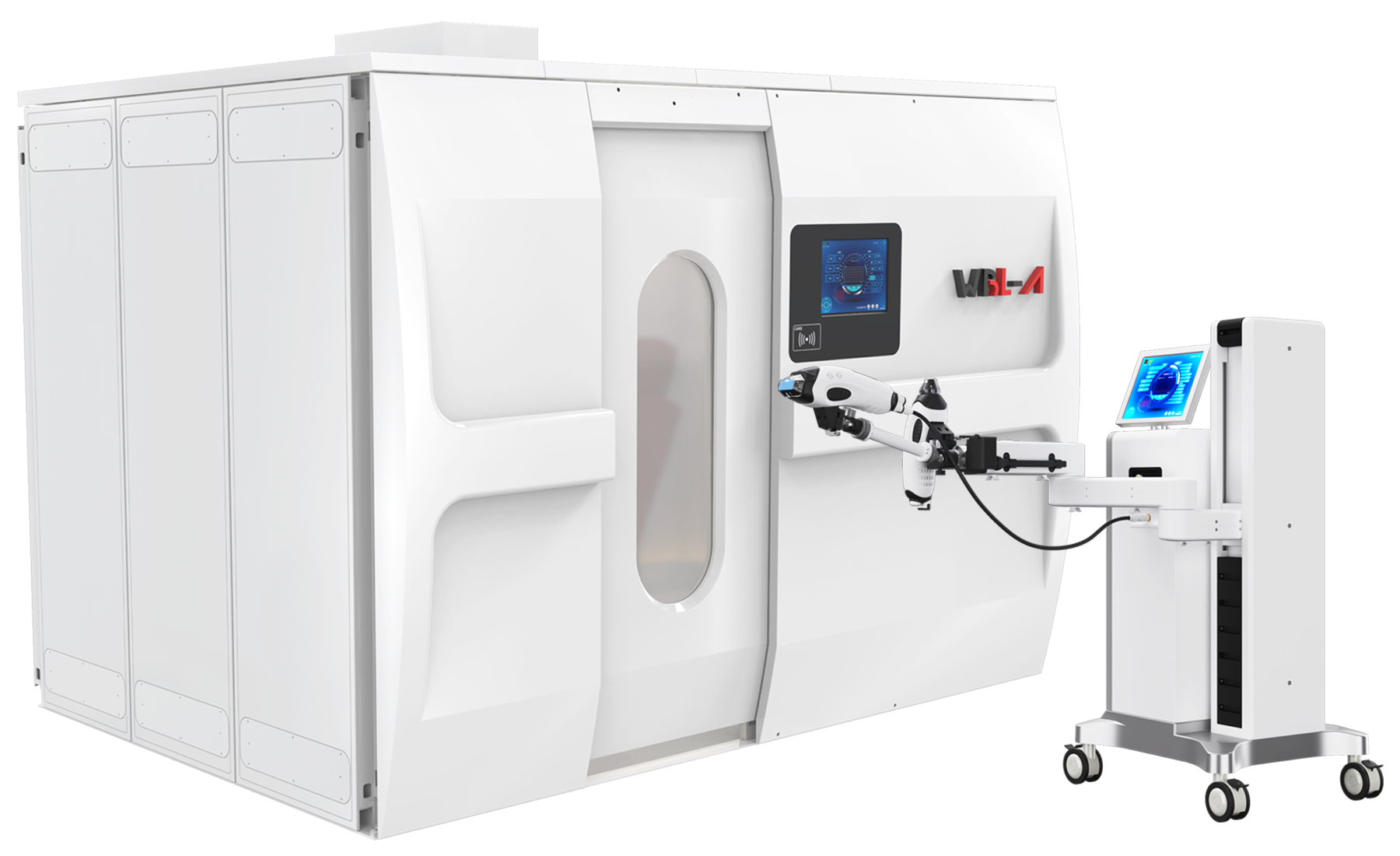
During the "LIPUS Multi-Center Clinical Protocol Discussion" session, experts shared their opinions and insights on the proposed protocol, offering valuable suggestions from various perspectives. Discussions covered the feasibility of the protocol, optimization directions, potential clinical challenges, and solutions, creating a rich academic atmosphere on-site.
The successful hosting of this academic exchange conference marks an important step in the strategic collaboration between UCSF Molecular Urology Institute and the Shanghai Institute of Andrology. Through deep exchanges and intellectual discussions, the event injected new vitality into the development of microenergy medicine in urology and andrology, and provided strong support for the progress of male health. With the close cooperation and joint efforts of both parties, it is expected that more breakthrough achievements will be made in the diagnosis and treatment of male diseases, bringing more benefits to male patients worldwide.